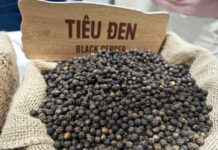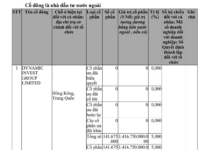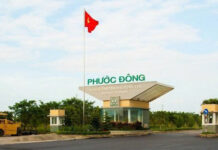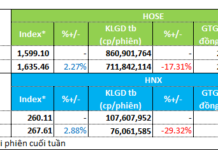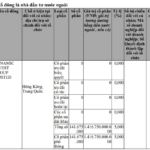Van Van Fish Sauce Brand: A Renowned Legacy Since the Early 20th Century in Europe
Doan Duc Ban, born in 1899 on Cat Hai Island (Hai Phong), also known as Ly Ban or Van Van, founded the Van Van fish sauce brand—a household name across Northern Vietnam before the August Revolution in 1945.
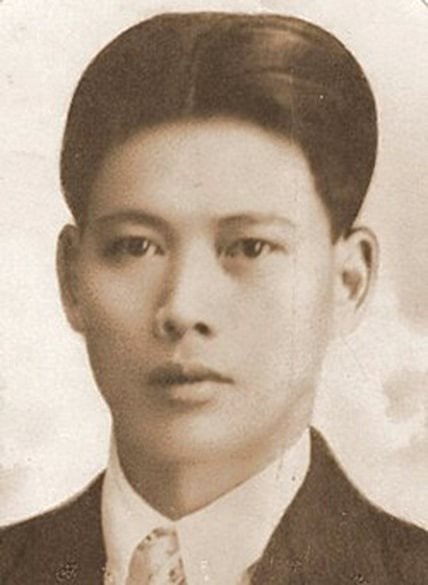
Portrait of Doan Duc Ban.
Hailing from the Doan clan, originally from Thai Binh and later settling in Cat Hai, Ban inherited his family’s traditional fish sauce craft. He transformed it into a structured business, setting the stage for its success.
In the early 20th century, when fish sauce production in Cat Hai was fragmented, Ban envisioned a future beyond small-scale operations. He aimed to build a brand that would stand the test of time.
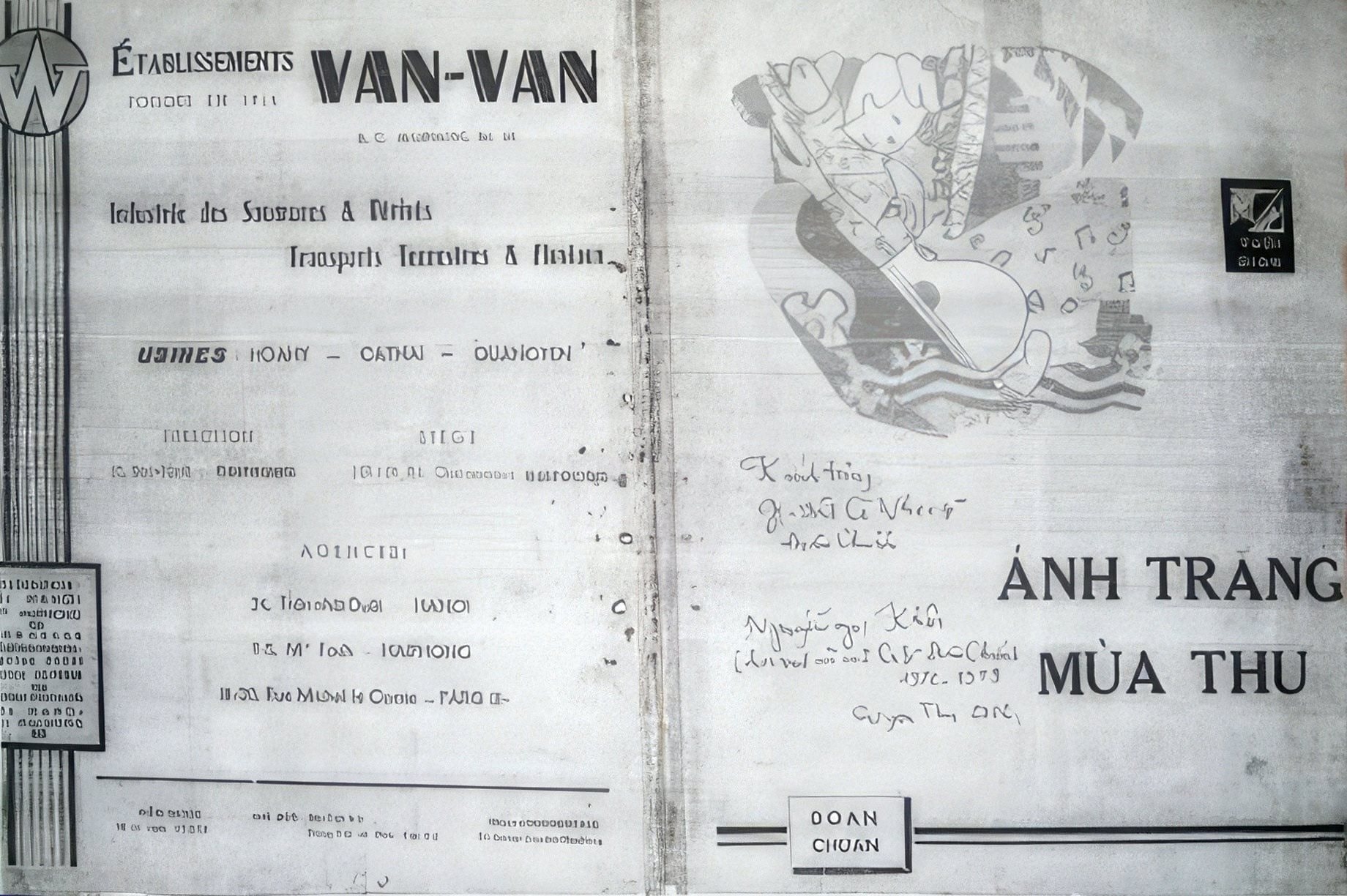
Van Van Fish Sauce Advertisement.
He established the Van Van Fish Sauce Company, expanding its reach to Hanoi. In 1916, he leased a shop on Hang Han Street (now Tran Nhat Duat Street)—a prime location near Dong Xuan Market, Long Bien Bridge, and the Red River. This strategic move quickly introduced his product to urban consumers.
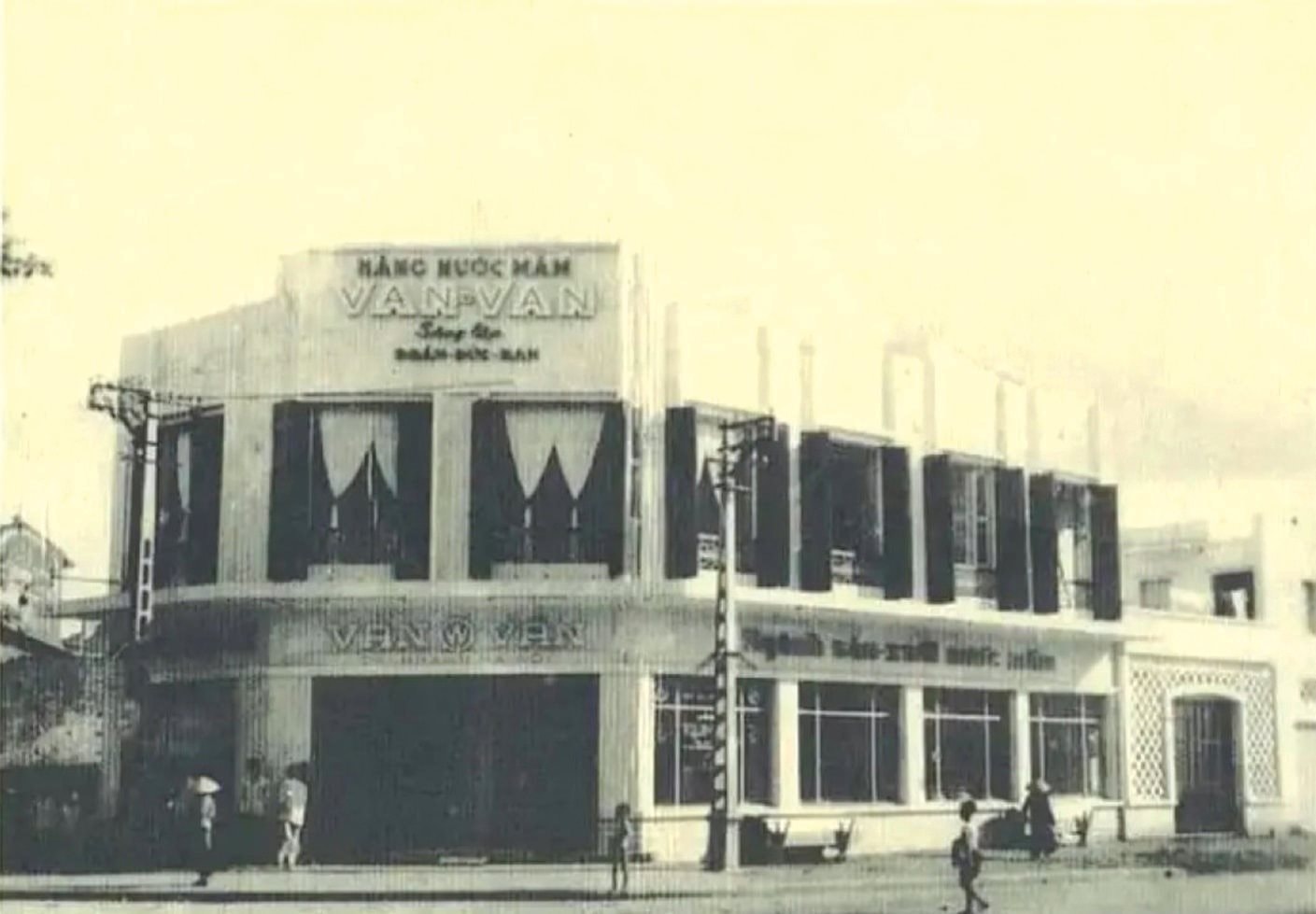
Van Van Fish Sauce Headquarters.
Ban pioneered bottled fish sauce with labeled packaging, revolutionizing the traditional bulk sales in jars and barrels. He registered his trademark with the Hai Phong Economic Department, launching premium lines like “Golden Dragon,” “Tiger,” and “Flag”—a testament to his forward-thinking business acumen.
With 10,000 fermentation jars, each holding up to 400 kg of fish, Van Van became Northern Vietnam’s largest fish sauce producer, yielding 1 million liters annually.
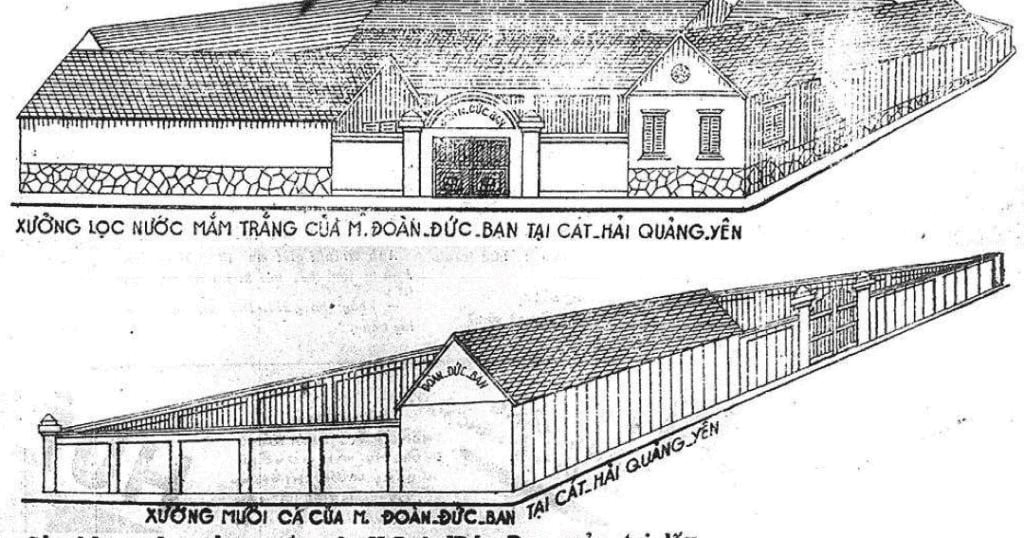
Van Van fish sauce was crafted from three fish varieties: premium sauce from “quẩn” fish, second-grade from “nhâm,” and standard from miscellaneous fish. The brand’s signature ivory-yellow hue and mild aroma perfectly complemented Hanoi’s iconic dishes like giò chả and phở broth.
The brand established an extensive distributor network in major cities like Hai Phong, Hai Duong, Hanoi, Bac Ninh, and Bac Giang. Its products flew off the shelves, earning the nickname “perpetually sold out.” Van Van’s fame was immortalized in the folk verse: “Dưa La, húng Láng, nem Báng, tương Bần, nước mắm Vạn Vân, cá rô đầm Sét.”
The pinnacle came in 1939 when Van Van opened a Paris agency, exporting to Europe—a remarkable feat for a Vietnamese entrepreneur in the early 20th century.
Origins of Cat Hai Seafood Processing and Services JSC
After Doan Duc Ban’s passing in 1932, his eldest son Doan Duc Trinh, alongside siblings Doan Thi Ti, Doan Duc Chuan, and Doan Thi My, took over the business.
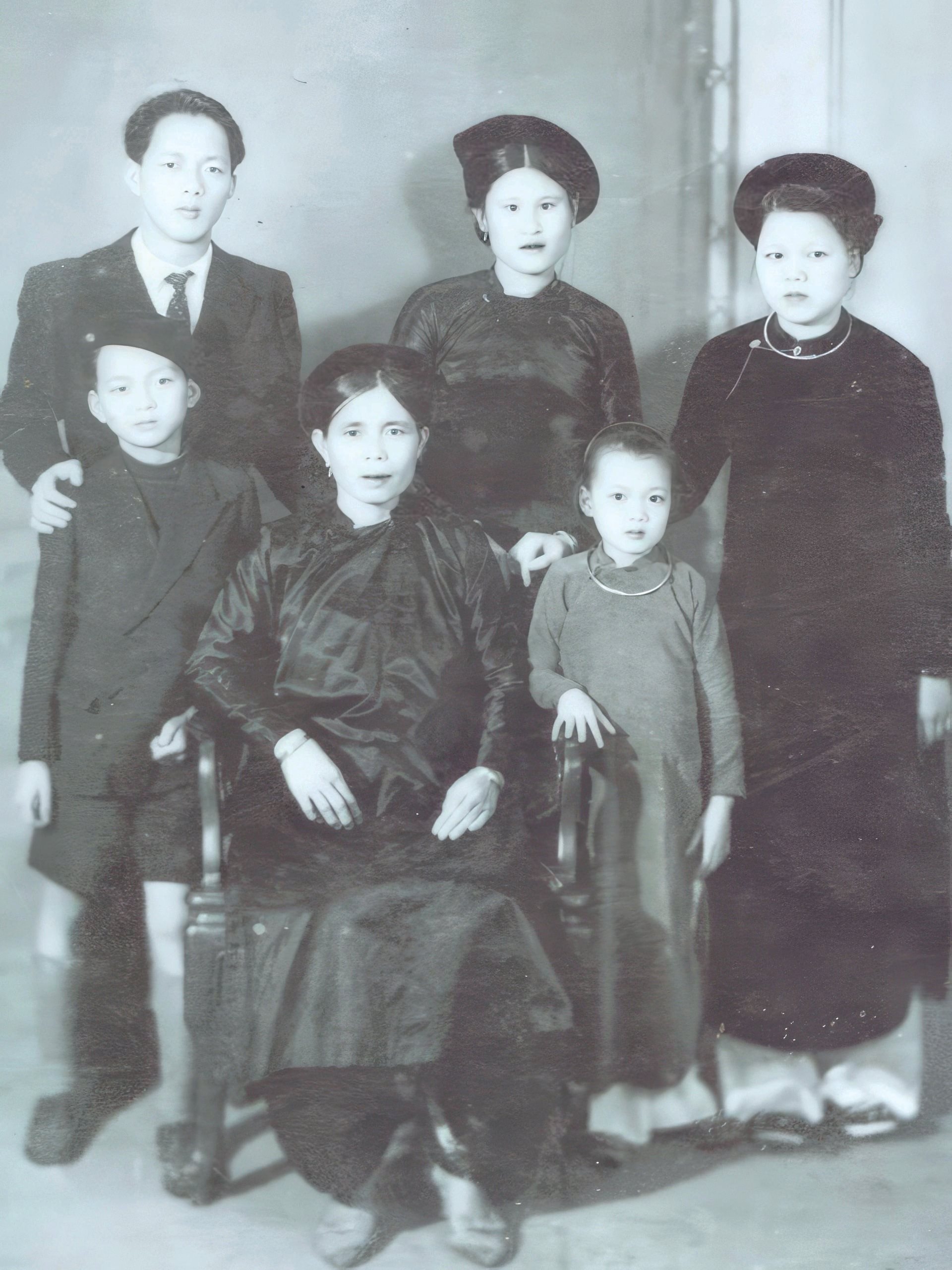
The Van Van Family.
Trinh renamed the business “Doan Van Van” and innovated production by salting fish 3-4 times instead of once, accelerating fermentation and enhancing flavor. These improvements made the product even more popular, ushering in a golden era for the brand.
Beyond business, the Van Van family supported the revolution. Their Hanoi shop on Tran Nhat Duat Street served as a safe house for cadres, including Tran Duy Hung, later Chairman of the Hanoi Administrative Committee. They donated funds and gold to the resistance, while Trinh joined Nguyen Luong Bang’s financial organization.
In April 1945, Trinh declined a ministerial position under the Tran Trong Kim government, opting instead for the Economic Council of Indochina. During the resistance, he developed a concentrated fish sauce method for the frontlines.
After 1954, Trinh returned to manage Van Van.
On October 23, 1959, the Cat Hai Fish Sauce Public-Private Enterprise was established by the Hai Phong Administrative Committee, uniting 48 capitalists, 10 small owners, and 8 shareholders with over 1 million dong in capital (equivalent to 41,000 taels of gold). The Doan family contributed the largest share—over 5,800 taels. Trinh served as Deputy Director, representing capitalists collaborating with the state.
Later renamed Cat Hai Seafood Processing and Services Company (1995), it became Hai Phong’s first fisheries enterprise to go public in 2000, operating under the Cat Hai Fish Sauce brand and preserving Van Van’s century-old legacy.
Trinh retired in 1977 and passed away in 1989 in Hanoi.
The Company Today
Cat Hai Seafood Processing and Services JSC is headquartered in Luc Do Village, Cat Hai District, Hai Phong. As of August 2024, its charter capital exceeds 35 billion dong, chaired by Pham Van Nhan (born 1954). The company employs 195 staff.

The company produces eight daily essentials, including salmon, mackerel, “quẩn,” “nhâm,” high-protein, fish sauce, “ông sao,” and 50-protein sauces, certified under ISO 9001:2008 and OCOP standards.

Company Website Image.
Annually, Cat Hai Fish Sauce supplies over 5 million liters. With 700+ distributors nationwide, it exports to China, the Philippines, Laos, Eastern Europe, and emerging markets like France, Canada, and South Korea.




